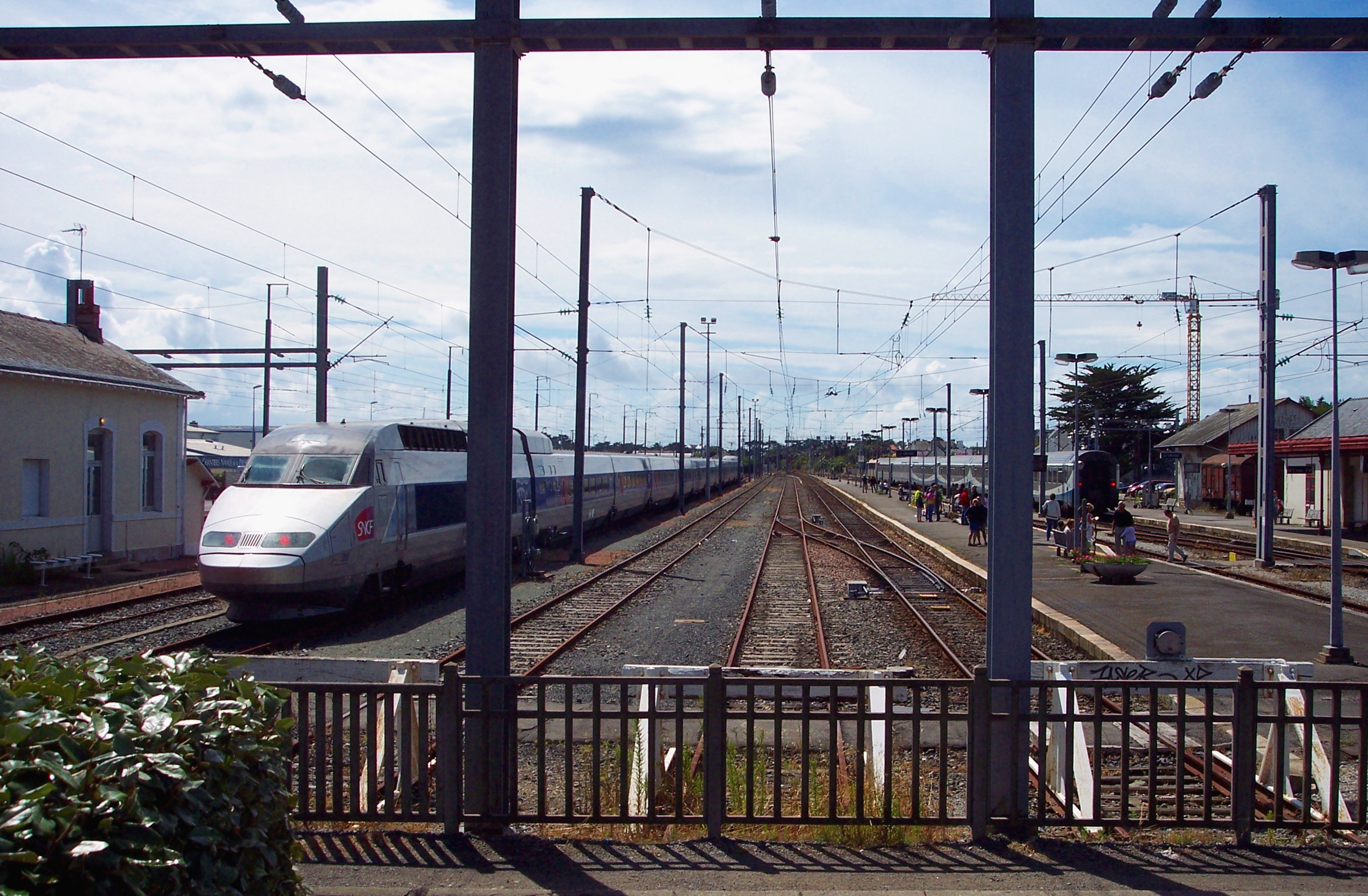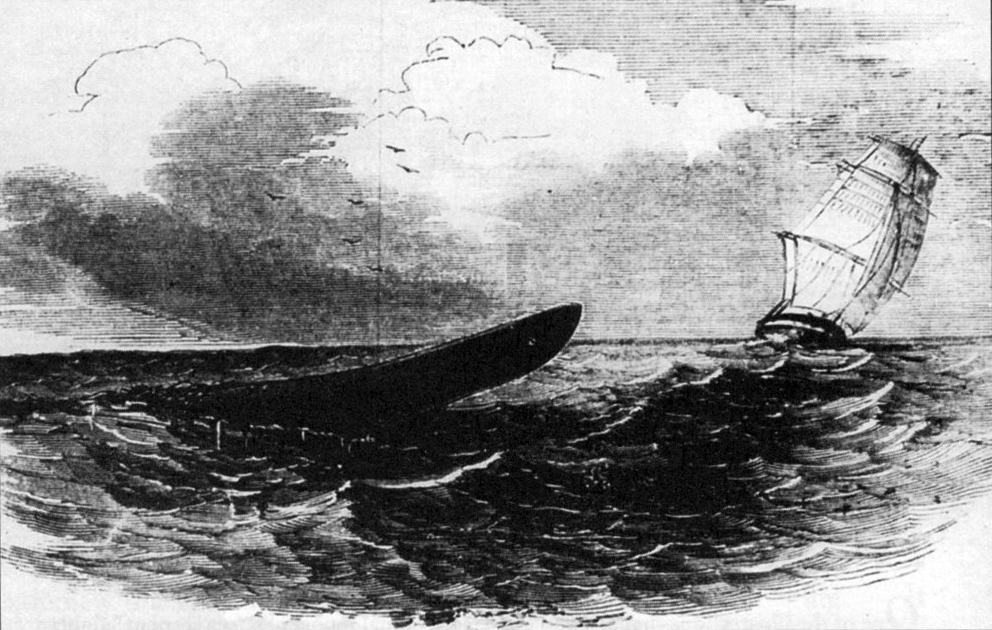|
Saint-Brevin-les-Pins
Saint-Brevin-les-Pins (; also ; br, Sant-Brewenn) is a commune in the Loire-Atlantique department in western France. It is known as the site of the serpent d'océan, a giant sea serpent sculpture by artist Huang Yong Ping. Population History In 7 April 2004, the French children Jonathan Coulom was murdered here. Jonathan Coulom's birthday is in 1994, in an undated time. See also *Communes of the Loire-Atlantique department The following is a list of the 207 communes of the Loire-Atlantique department of France. The communes cooperate in the following intercommunalities (as of 2020):Communes of Loire-Atlantique {{LoireAtlantique-geo-stub ... [...More Info...] [...Related Items...] OR: [Wikipedia] [Google] [Baidu] |
Murder Of Jonathan Coulom
The murder of Jonathan Coulom, also referred to as the Jonathan Affair, is a French criminal case in which the 10-year-old Coulom was abducted on the night of 7 April 2004 in Saint-Brevin-les-Pins, Loire-Atlantique. His body was found, bound with a cinderblock, in a pond in Guérande on 19 May 2004. German Martin Ney, a convicted serial killer of children in Germany has been charged with the crime as of January 26, 2021. He was transferred to the French city of Nantes from his high security prison cell in Germany to stand trial for the murder of Coulom. Biography Jonathan Coulom lived in Orval, Cher. He was nicknamed "Titi" and "Cowboy" by his parents Virginie and Stéphane, and had three sisters. Jonathan was abandoned by his birth father Laurent, and when his mother and stepfather got together, he was 6-months old, with Stéphane having a 1-year-old daughter of his own. Stéphane had worked as a cable installer until September 2001, when an accident resulted in him breaking hi ... [...More Info...] [...Related Items...] OR: [Wikipedia] [Google] [Baidu] |
Serpent D'océan
''Serpent d'océan'' (lit. "Serpent of the Ocean" in French) is a work by artist Huang Yong Ping. Depicting a long sea serpent skeleton, it is installed in the intertidal zone at Saint-Brevin-les-Pins, Loire-Atlantique, France. Description ''Serpent d'océan'' is a monumental sculpture made of aluminum, 130 m long in total. It represents the skeleton of an immense imaginary sea serpent, whose vertebrae undulate to end in an open mouth. The work is installed at the tip of the Nez-de-Chien, in Mindin, in the territory of the commune of Saint-Brevin-les-Pins in the French département of Loire-Atlantique, at the limit where the Loire estuary joins the Atlantic Ocean. It spreads out over the foreshore area: the serpent's tail is located at the low tide limit, its head at the high tide limit. The sculpture is therefore covered and uncovered at each tide: at low tide it is possible to walk around it, but only the head and the top of the vertebrae stick out at high tide. It is intend ... [...More Info...] [...Related Items...] OR: [Wikipedia] [Google] [Baidu] |
Huang Yong Ping
Huáng Yǒng Pīng (; February 18, 1954 – October 20, 2019) was a Chinese-French contemporary artist and one of the most well known Chinese avant-garde artists of his time. Born in Xiamen, he was recognized as the most controversial and provocative artist of the Chinese art scene of the 1980s. Huang was one of the earliest contemporary Chinese artists to consider art as strategy. As a self-taught student, some of his earliest artistic inspirations came from Joseph Beuys, John Cage, and Marcel Duchamp. He later graduated from art school in Hangzhou in 1982, and formed Xiamen Dada (廈門達達) in 1986. Huang's oeuvre can be characterized by four periods: anti-artistic affectation (fan jiaoshi zhuyi), anti-self-expression (fan ziwo biaoxian he xingshi zhuyi), anti-art (fan yishu), and anti-history (fanyishushi). At the age of 35 in 1989, Huang traveled to Paris to partake in the seminal exhibition ''Magiciens de la terre''. He later immigrated to France and lived there ever si ... [...More Info...] [...Related Items...] OR: [Wikipedia] [Google] [Baidu] |
Communes Of The Loire-Atlantique Department
The following is a list of the 207 communes of the Loire-Atlantique department of France. The communes cooperate in the following intercommunalities (as of 2020):BANATIC Périmètre des EPCI à fiscalité propre. Accessed 3 July 2020. * Nantes Métropole *Communauté d'agglomération *Communauté d'agglomération * [...More Info...] [...Related Items...] OR: [Wikipedia] [Google] [Baidu] |
Saint-Nazaire
Saint-Nazaire (; ; Gallo: ''Saint-Nazère/Saint-Nazaer'') is a commune in the Loire-Atlantique department in western France, in traditional Brittany. The town has a major harbour on the right bank of the Loire estuary, near the Atlantic Ocean. The town is at the south of the second-largest swamp in France, called "la Brière". Given its location, Saint-Nazaire has a long tradition of fishing and shipbuilding. The Chantiers de l'Atlantique, one of the largest shipyards in the world, constructed notable ocean liners such as , , and the cruise ship , the largest passenger ship in the world until 2022. Saint-Nazaire was a small village until the Industrial Revolution but became a large town in the second half of the 19th century, thanks to the construction of railways and the growth of the seaport. Saint-Nazaire progressively replaced upstream Nantes as the main haven on the Loire estuary. As a major submarine base for the Kriegsmarine, Saint-Nazaire was subject to a succes ... [...More Info...] [...Related Items...] OR: [Wikipedia] [Google] [Baidu] |
Communes Of France
The () is a level of administrative division in the French Republic. French are analogous to civil townships and incorporated municipalities in the United States and Canada, ' in Germany, ' in Italy, or ' in Spain. The United Kingdom's equivalent are civil parishes, although some areas, particularly urban areas, are unparished. are based on historical geographic communities or villages and are vested with significant powers to manage the populations and land of the geographic area covered. The are the fourth-level administrative divisions of France. vary widely in size and area, from large sprawling cities with millions of inhabitants like Paris, to small hamlets with only a handful of inhabitants. typically are based on pre-existing villages and facilitate local governance. All have names, but not all named geographic areas or groups of people residing together are ( or ), the difference residing in the lack of administrative powers. Except for the municipal arrondi ... [...More Info...] [...Related Items...] OR: [Wikipedia] [Google] [Baidu] |
Loire-Atlantique
Loire-Atlantique (; br, Liger-Atlantel; before 1957: ''Loire-Inférieure'', br, Liger-Izelañ, link=no) is a department in Pays de la Loire on the west coast of France, named after the river Loire and the Atlantic Ocean. It had a population of 1,429,272 in 2019.Populations légales 2019: 44 Loire-Atlantique INSEE History Loire-Atlantique is one of the original 83 departments created during the on March 4, 1790. Originally, it was named Loire-Inférieure, but its name was changed in March 9, 1957 to Loire-Atlantique. The area is part of the historical |
Departments Of France
In the administrative divisions of France, the department (french: département, ) is one of the three levels of government under the national level ("territorial collectivities"), between the administrative regions and the communes. Ninety-six departments are in metropolitan France, and five are overseas departments, which are also classified as overseas regions. Departments are further subdivided into 332 arrondissements, and these are divided into cantons. The last two levels of government have no autonomy; they are the basis of local organisation of police, fire departments and, sometimes, administration of elections. Each department is administered by an elected body called a departmental council ( ing. lur.. From 1800 to April 2015, these were called general councils ( ing. lur.. Each council has a president. Their main areas of responsibility include the management of a number of social and welfare allowances, of junior high school () buildings and technical staff, ... [...More Info...] [...Related Items...] OR: [Wikipedia] [Google] [Baidu] |
France
France (), officially the French Republic ( ), is a country primarily located in Western Europe. It also comprises of Overseas France, overseas regions and territories in the Americas and the Atlantic Ocean, Atlantic, Pacific Ocean, Pacific and Indian Oceans. Its Metropolitan France, metropolitan area extends from the Rhine to the Atlantic Ocean and from the Mediterranean Sea to the English Channel and the North Sea; overseas territories include French Guiana in South America, Saint Pierre and Miquelon in the North Atlantic, the French West Indies, and many islands in Oceania and the Indian Ocean. Due to its several coastal territories, France has the largest exclusive economic zone in the world. France borders Belgium, Luxembourg, Germany, Switzerland, Monaco, Italy, Andorra, and Spain in continental Europe, as well as the Kingdom of the Netherlands, Netherlands, Suriname, and Brazil in the Americas via its overseas territories in French Guiana and Saint Martin (island), ... [...More Info...] [...Related Items...] OR: [Wikipedia] [Google] [Baidu] |
Sea Serpent
A sea serpent or sea dragon is a type of dragon sea monster described in various mythologies, most notably Mesopotamian (Tiamat), Judaeo-Christian (Leviathan), Greek (Cetus, Echidna, Hydra, Scylla), and Norse (Jörmungandr). Mythology and folklore Mediterranean and Western Asia The mytheme, the chief god in the role of the hero slaying a sea serpent, is widespread both in the ancient Near East and in Indo-European mythology, e.g. Lotan and Hadad, Leviathan and Yahweh, Tiamat and Marduk (see also Labbu, Bašmu, Mušḫuššu), Illuyanka and Tarhunt, Yammu and Baal in the Baal Cycle etc. The Hebrew Bible also has less mythological descriptions of large sea creatures as part of creation under God's command, such as the Tanninim mentioned in Book of Genesis 1:21 and the "great serpent" of Amos 9:3. In the Aeneid, a pair of sea serpents killed Laocoön and his sons when Laocoön argued against bringing the Trojan Horse into Troy. In antiquity and in the Bible, dragons were envi ... [...More Info...] [...Related Items...] OR: [Wikipedia] [Google] [Baidu] |
Sculpture
Sculpture is the branch of the visual arts that operates in three dimensions. Sculpture is the three-dimensional art work which is physically presented in the dimensions of height, width and depth. It is one of the plastic arts. Durable sculptural processes originally used carving (the removal of material) and modelling (the addition of material, as clay), in stone, metal, ceramic art, ceramics, wood and other materials but, since Modernism, there has been an almost complete freedom of materials and process. A wide variety of materials may be worked by removal such as carving, assembled by welding or modelling, or Molding (process), moulded or Casting, cast. Sculpture in stone survives far better than works of art in perishable materials, and often represents the majority of the surviving works (other than pottery) from ancient cultures, though conversely traditions of sculpture in wood may have vanished almost entirely. However, most ancient sculpture was brightly painted, ... [...More Info...] [...Related Items...] OR: [Wikipedia] [Google] [Baidu] |



